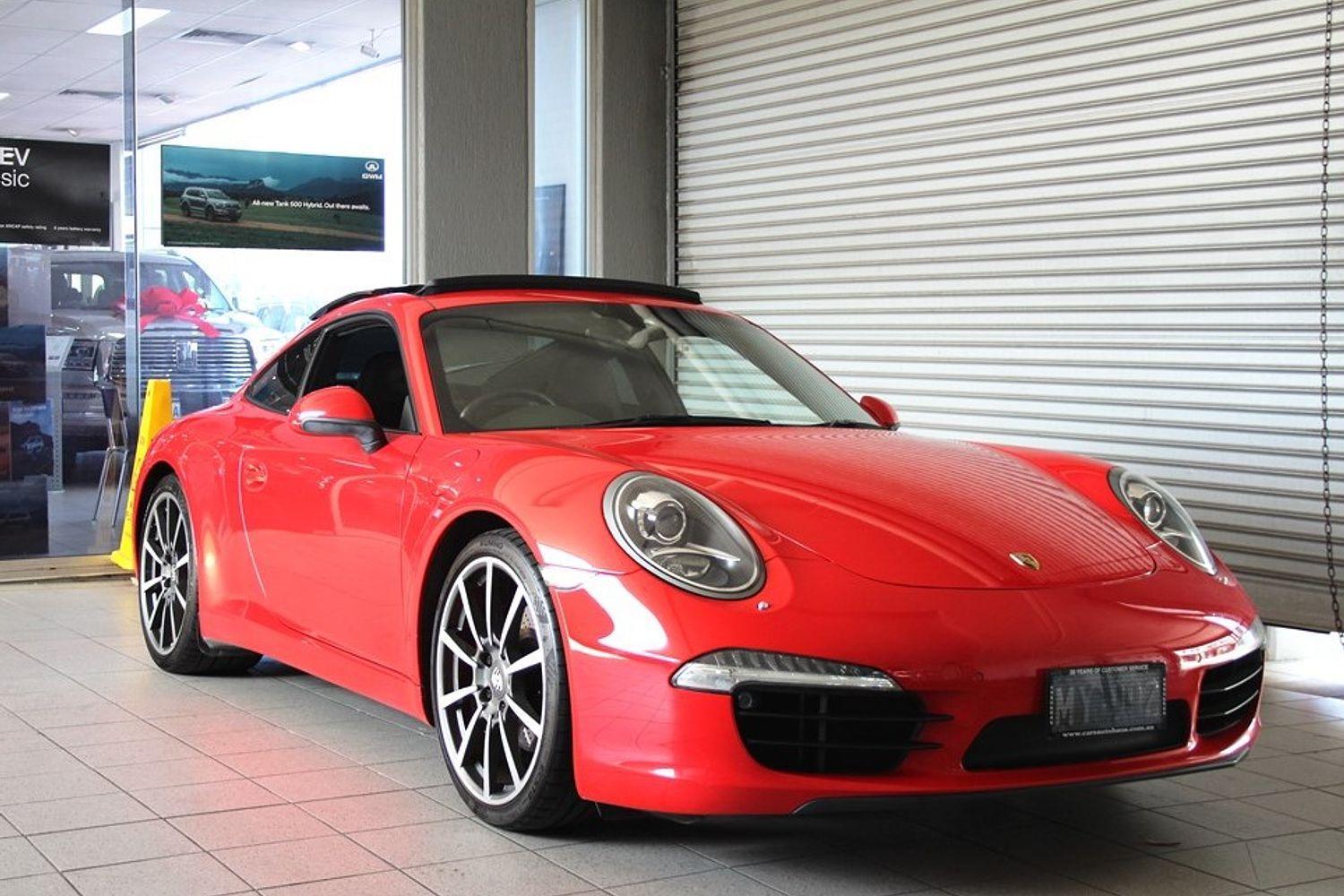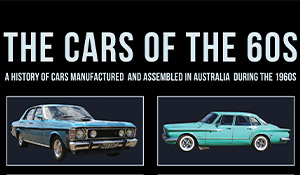Mercedes Benz 130
While never a huge success in its day, the 130 Mercedes-Benz forecast many engineering features that would be found in one of the top-selling German cars of all time - the Volkswagen Beetle. In November 1935, Daimler-Benz AG began producing Mercedes-Benz passenger cars in Copenhagen, Denmark. Production activities started, ironically in a former Chrysler factory, with the assembly of ten units of the 130 (W 23) model, with all parts supplied from Germany. While only seven Mercedes-Benz passenger cars had been exported to Denmark in 1934, this figure rose to as many as 53 in 1935. In the years before the outbreak of World War II, exports rose continuously - in 1938 a total of 254 Mercedes-Benz cars were sold in Denmark. Alongside Mercedes-Benz, other German motor manufacturers also decided in 1935 to have vehicles assembled in Denmark. The reason behind this move was the retirement of American companies from Denmark because local assembly of US brands was no longer profitable due to the country's strict foreign exchange regulations for automotive imports from the USA.
The factories remained in existence and were taken over by European manufacturers for the assembly of their own vehicles. At the time, Daimler-Benz decided to assemble the Mercedes-Benz 130 in a factory built for the production of Chrysler cars. A workforce of up to 250 assembled some 30 cars here per day, among them the legendary Chrysler Airflow. With the 130 built from 1934 until 1936, Daimler-Benz had selected the smallest passenger car from the Mercedes-Benz range for assembly in Denmark. The combination of compact bodywork and a modern rear-mounted engine - the "H" in 130H stood for 'Hintern' ('rear' in German). This layout distinguished the Mercedes-Benz 130 from other models of its generation. The car had been developed to appeal to a large target group - a forerunner of the "People's Car" that was to follow. "This model is a quality car for everyday use by the broadest circles - and a car that provides incomparable handling and ride characteristics thanks to the patented swing axles front and rear, low suspension, the relocation of the engine to the rear, a wide track and a favourable weight distribution." - said a 1934 brochure at the launch of the 130.
In its first two years, the smallest Mercedes-Benz was available as a sedan, convertible, touring car and chassis. The touring car and the chassis without body were discontinued in 1936. A total of 4,298 units were built, making the 130 the most successful rear engined car in the production history of Mercedes -Benz. Powered by a four-cylinder in-line engine with a 1.3 litre displacement and an output of 26 hp at 3400/min, the 130 engine was installed behind the rear axle with the transmission mounted ahead of it. To accommodate the engine and the three-speed gearbox with an additional overdrive, the central tubular frame forked in the rear. At 4,050mm long, 1,520mm wide and 1,510mm high, the 130 weighed in at 98 kgs and reached a top speed of 92 km/h. The modern design that the 130 representeed was not without problems. In particular, the uneven load distribution to the two axles (35 percent on the front, 65 percent on the rear) caused the sort of road holding that made the car something of a handful to drive - which is why the 130 was revised as early as 1935 and given improved running gear.












